Home>Articles>How Does The Soap Dispenser Work On A Pressure Washer
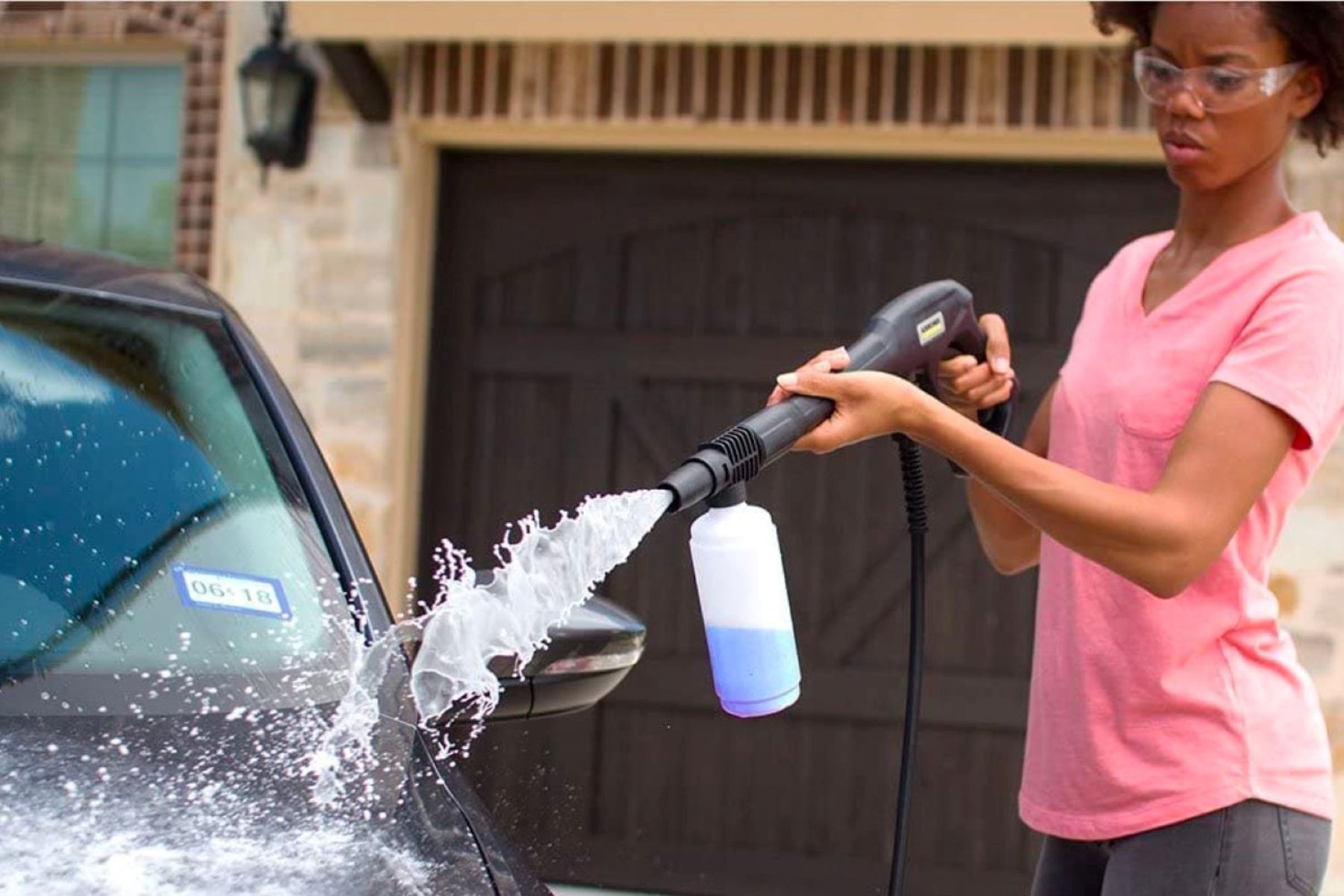

Articles
How Does The Soap Dispenser Work On A Pressure Washer
Modified: May 6, 2024
Learn how the soap dispenser on a pressure washer works and discover helpful articles on this topic to enhance your cleaning experience.
(Many of the links in this article redirect to a specific reviewed product. Your purchase of these products through affiliate links helps to generate commission for Storables.com, at no extra cost. Learn more)
Introduction
Pressure washers are highly effective tools for cleaning a variety of surfaces, from driveways and sidewalks to cars and outdoor furniture. They utilize a powerful stream of water to remove dirt, grime, and stains quickly and efficiently. However, sometimes a simple water jet is not enough to tackle tough stains or clean surfaces effectively. This is where the soap dispenser on a pressure washer comes into play.
Soap dispensers are attachments or built-in features on pressure washers that allow you to apply soap or detergent to the surfaces you are cleaning. The soap helps to break down grease, oil, and stubborn dirt, making it easier to remove and leaving your surfaces cleaner and brighter.
In this article, we will delve into the functionality and operation of soap dispensers on pressure washers. We will explore how they work, the different types available, their pros and cons, and some tips for using and maintaining them. So, let’s dive in and discover how soap dispensers enhance the cleaning power of pressure washers!
Key Takeaways:
- Soap dispensers on pressure washers enhance cleaning power by breaking down dirt and grime, providing efficient and customizable cleaning solutions for a variety of surfaces.
- Regular maintenance and proper usage of soap dispensers on pressure washers ensure optimal performance, longevity, and exceptional cleaning results.
Read more: How Does A Soap Dispenser Work
The Basics of Pressure Washers
Before we dive into the details of soap dispensers, let’s first understand the basics of pressure washers. A pressure washer is a machine that uses high-pressure water to clean various surfaces. It consists of a motor or engine that drives a pump, which pressurizes the water. The pressurized water is then emitted through a nozzle, creating a powerful stream.
Pressure washers come in different sizes and power capacities, ranging from small portable units for home use to large industrial-grade machines. The pressure is measured in pounds per square inch (PSI), indicating the force with which the water is expelled. The higher the PSI, the more powerful the spray and the more effective the cleaning.
Pressure washers are versatile tools that can be used for a wide range of cleaning tasks. They are commonly used for cleaning outdoor surfaces like driveways, decks, and patios. They are also effective for washing vehicles, removing graffiti, and even preparing surfaces for painting.
One of the key advantages of pressure washers is their ability to clean more effectively and efficiently than traditional methods. The high-pressure stream of water can remove dirt, grime, and stains that would otherwise be difficult to scrub away by hand. Additionally, pressure washers can save time and effort, as the cleaning process is accelerated.
Now that we have a basic understanding of pressure washers, let’s move on to exploring how the soap dispenser complements their cleaning capabilities.
Understanding Soap Dispensers
A soap dispenser is a feature or attachment that can be found on many pressure washers. Its purpose is to mix and apply soap or detergent to the water stream, enhancing the cleaning power of the pressure washer. Soap dispensers are especially useful when dealing with stubborn stains, grease, or oil on surfaces.
The use of soap or detergent helps to break down dirt and grime, making it easier to rinse off and leaving surfaces cleaner and brighter. Soap dispensers are particularly beneficial for cleaning vehicles, as they can help remove road grime, oil, and other stubborn substances that adhere to the paintwork.
Soap dispensers come in various forms, depending on the type of pressure washer. Some pressure washers have built-in soap dispensers, while others require the attachment of a separate soap dispenser. Built-in soap dispensers are usually found in high-end pressure washers and provide convenience and ease of use. However, if your pressure washer doesn’t have a built-in dispenser, you can still purchase a separate attachment that connects to the machine.
Soap dispensers typically have a container or reservoir to hold the soap or detergent. They have a valve or control mechanism that allows you to regulate the amount of soap that is mixed with the water. This ensures that you can customize the cleaning solution based on the level of dirt and the specific surface you are cleaning.
It’s important to note that not all pressure washers come with soap dispensers, and not all cleaning tasks require the use of soap. For instance, if you are simply rinsing off your driveway or cleaning a surface that doesn’t have stubborn stains, you may not need to use the soap dispenser. However, for tough cleaning jobs, the soap dispenser can be a valuable tool to have.
Now that we have a better understanding of soap dispensers, let’s explore how they work and the components that make them function.
Working Principle of a Soap Dispenser on a Pressure Washer
The working principle of a soap dispenser on a pressure washer involves mixing soap or detergent with water to create a cleaning solution that is then sprayed onto the surfaces being cleaned. This process enhances the effectiveness of the pressure washer by breaking down dirt, grime, and stains, making them easier to remove.
The soap dispenser on a pressure washer is designed to combine the right amount of soap or detergent with water to create a well-balanced cleaning solution. Most soap dispensers operate on the principle of siphoning, where the pressure of the water passing through the dispenser creates a vacuum, pulling the soap or detergent from the reservoir and mixing it with the water flow.
When the pressure washer is in use, water flows from the water source into the pressure washer unit, where it is pressurized by a pump. The pressurized water then flows through a hose and into the soap dispenser. Inside the soap dispenser, there is a suction tube that is connected to the soap reservoir.
As the pressurized water passes through the soap dispenser, it creates a low-pressure area, drawing soap or detergent through the suction tube. The soap is then mixed with the water flow, creating a soapy cleaning solution. This solution is then emitted through the pressure washer nozzle, allowing you to apply it to the surfaces you are cleaning.
The effective operation of the soap dispenser relies on several factors. Firstly, the soap or detergent used should be compatible with pressure washers and safe for the surfaces being cleaned. Using the wrong type of soap or detergent can damage the pressure washer or the surface being cleaned.
Secondly, the soap or detergent should be of the right consistency to ensure smooth flow and optimal mixing with the water. It should also be of the appropriate strength for the level of cleaning required. Following the manufacturer’s instructions and guidelines for the soap or detergent is essential to ensure the best results.
By understanding the working principle of a soap dispenser on a pressure washer, you can make the most of this feature and enhance the cleaning power of your pressure washer.
Components of a Soap Dispenser
A soap dispenser on a pressure washer consists of several key components that work together to mix and apply soap or detergent to the water stream. Understanding these components can help you better utilize and maintain your soap dispenser for optimal performance. Let’s take a closer look at each component:
- Reservoir: The reservoir is a container that holds the soap or detergent. It can be built directly into the pressure washer or come as a separate attachment. The size of the reservoir can vary depending on the model of the pressure washer and the intended usage. It is important to ensure that the reservoir is filled with the appropriate soap or detergent for the cleaning task at hand.
- Suction Tube: The suction tube is the part of the soap dispenser that connects the reservoir to the water flow. It is typically made of flexible material, such as plastic, and is responsible for drawing the soap or detergent from the reservoir into the water flow. The suction tube needs to be securely connected to both the reservoir and the soap dispenser to ensure proper functioning.
- Valve or Control Mechanism: The valve or control mechanism is a vital part of the soap dispenser. It allows you to regulate the flow of soap or detergent into the water stream. Some soap dispensers have adjustable valves that allow you to customize the amount of soap being mixed, while others may have preset settings. It is crucial to follow the manufacturer’s instructions and guidelines to achieve the desired soap-to-water ratio.
- Hose Connection: The hose connection is the point where the soap dispenser attaches to the pressure washer unit. It ensures a secure connection and allows the pressurized water to flow into the soap dispenser. The hose connection should be checked regularly to ensure there are no leaks or loose connections that could affect the performance of the soap dispenser.
- Nozzle: The nozzle is the final component of the soap dispenser, through which the soapy cleaning solution is expelled. The nozzle determines the spray pattern and the pressure at which the solution is emitted onto the surfaces being cleaned. Different nozzles are available, ranging from wide-angle spray patterns for large surfaces to narrow-angle spray patterns for targeted cleaning. Choosing the right nozzle for the task is essential for achieving the desired cleaning results.
These components work together to create an effective soap dispenser system on a pressure washer. Regular maintenance and proper usage of these components will ensure the longevity and optimal functioning of your soap dispenser.
Types of Soap Dispensers Used in Pressure Washers
There are several types of soap dispensers used in pressure washers, each offering unique features and functionality. Understanding these different types can help you choose the right soap dispenser for your cleaning needs. Let’s explore the most common types of soap dispensers:
- Built-in Soap Dispensers: Some pressure washer models come equipped with built-in soap dispensers. These dispensers are integrated into the pressure washer unit and provide convenience and ease of use. Built-in soap dispensers typically have a dedicated reservoir or compartment within the pressure washer, along with a control mechanism to regulate the amount of soap being mixed. They are often found in higher-end pressure washers and are suitable for a wide range of cleaning tasks.
- Attachable Canister or Bottle Dispensers: Another type of soap dispenser is the attachable canister or bottle dispenser. These dispensers feature a separate container or reservoir that can be attached to the pressure washer using a hose or connector. The soap or detergent is filled into the canister or bottle, and it is then connected to the pressure washer unit. These dispensers offer versatility as they are often compatible with various pressure washer models. They can be easily removed and refilled as needed.
- Foam Cannon or Foamer Attachments: Foam cannons or foamers are specialized soap dispensers that produce thick foam for cleaning applications. These attachments typically consist of a canister or bottle that is filled with soap or detergent and a foaming nozzle. The foam cannon is connected to the pressure washer and, when activated, it mixes the soap with water and sprays out a dense foam. This foam is particularly effective for cleaning vehicles or surfaces that require prolonged contact with the cleaning solution.
- Siphon Hose Dispensers: Siphon hose dispensers are simple and cost-effective soap dispensers that utilize a siphoning effect to mix soap or detergent with water. These dispensers typically consist of a hose that connects to the pressure washer’s water intake and extends into a container or bottle containing the soap or detergent. As water flows through the pressure washer, it creates a vacuum that draws the soap or detergent into the water stream. Siphon hose dispensers are easy to install and compatible with a wide range of pressure washer models.
- Adjustable Soap Injectors: Adjustable soap injectors are more advanced soap dispensers that allow you to regulate the amount of soap or detergent being mixed with water. These dispensers feature a control mechanism, usually a dial or knob, that allows you to adjust the soap-to-water ratio. This feature is particularly useful when dealing with different cleaning tasks that require varying strengths of the cleaning solution. Adjustable soap injectors provide flexibility and control over the cleaning process.
Each type of soap dispenser offers its own advantages and is suited for different cleaning applications. Consider your specific cleaning needs and the features offered by each dispenser type to determine the best fit for your pressure washer.
Pros and Cons of Soap Dispensers on Pressure Washers
Soap dispensers on pressure washers offer numerous advantages when it comes to cleaning various surfaces. However, it is essential to consider both the pros and cons to make an informed decision about using a soap dispenser with your pressure washer. Let’s explore the benefits and drawbacks:
Pros:
- Enhanced Cleaning Power: The primary advantage of using a soap dispenser on a pressure washer is the enhanced cleaning power it provides. Soap or detergent helps break down dirt, grime, and stains, making them easier to remove. This is especially beneficial for cleaning stubborn substances like grease, oil, and road grime from vehicles or outdoor surfaces.
- Efficient Cleaning: Soap dispensers enable more efficient cleaning by reducing the need for excessive scrubbing and manual effort. The soapy cleaning solution penetrates deep into dirt and grime, allowing for easier rinsing and quicker cleaning. This can save both time and physical energy during the cleaning process.
- Customizable Cleaning Solution: Soap dispensers offer the flexibility to customize the cleaning solution based on the specific cleaning task at hand. You can adjust the amount of soap or detergent being mixed with water, ensuring the right strength and concentration for optimal cleaning results, while also being gentle enough for delicate surfaces.
- Versatility: Soap dispensers on pressure washers are versatile and can be used for a wide range of cleaning applications. From washing vehicles and outdoor furniture to cleaning driveways and sidewalks, a soap dispenser can effectively tackle different surfaces and cleaning challenges. This versatility makes it a valuable tool for homeowners and professionals alike.
Cons:
- Dependency on Soap or Detergent: A potential drawback of using a soap dispenser is the dependency on soap or detergent for effective cleaning. While this is not necessarily a problem, it means that you need to have a sufficient supply of the appropriate soap or detergent on hand. Depending on the size of the cleaning task, this could lead to additional costs for purchasing soap or detergent.
- Clogging and Maintenance: Soap dispensers, especially those with smaller nozzles or openings, can be prone to clogging if the soap or detergent used is too thick or contains particles. Regular cleaning and maintenance of the soap dispenser are necessary to prevent clogs and ensure smooth operation. This may involve disassembling the dispenser components and cleaning them thoroughly.
- Compatibility and Adjustments: Not all pressure washers are compatible with soap dispensers, so it is important to ensure that your pressure washer model can accommodate one. Additionally, some soap dispensers may require adjustments or extra attachments to fit properly and provide a secure connection. Compatibility and adjustments need to be considered to ensure the soap dispenser functions optimally.
Considering these pros and cons can help you make an informed decision about whether to use a soap dispenser on your pressure washer. Ultimately, the benefits of enhanced cleaning power and efficiency often outweigh any drawbacks, making soap dispensers a valuable addition to your cleaning arsenal.
When using a pressure washer with a soap dispenser, make sure to dilute the soap according to the manufacturer’s instructions. Adjust the nozzle to the lowest pressure setting for the soap to be applied effectively.
Tips for Using a Soap Dispenser on a Pressure Washer
Using a soap dispenser on a pressure washer can enhance your cleaning efforts and deliver better results. To ensure optimal usage and maximize the benefits of a soap dispenser, here are some valuable tips to keep in mind:
- Choose the Right Soap or Detergent: Selecting the appropriate soap or detergent is crucial for effective cleaning. Make sure to use a soap or detergent that is specifically formulated for use with pressure washers. Avoid using harsh or abrasive chemicals that could damage the pressure washer or the surfaces being cleaned. Read the manufacturer’s instructions and guidelines to ensure compatibility and safe usage.
- Follow the Recommended Dilution Ratios: Different cleaning tasks may require different dilution ratios for the soap or detergent. Follow the recommended dilution ratios provided by the manufacturer to achieve the best results. Adding too much soap can result in excessive foam and may not effectively clean the surfaces. Conversely, using too little soap may not provide sufficient cleaning power.
- Pre-Wet the Surface: Before applying the soapy solution, pre-wet the surface with clean water from the pressure washer. This helps to loosen and remove loose debris, making the cleaning process more effective. Pre-wetting also ensures better coverage and adherence of the soap or detergent to the surface.
- Apply the Soap or Detergent from Bottom to Top: When applying the soapy solution, start from the bottom and work your way up. This ensures that the entire surface is covered in the cleaning solution and allows the soap or detergent to penetrate and loosen dirt and grime effectively. A bottom-to-top approach also prevents streaking or uneven cleaning results.
- Allow Dwell Time: Depending on the type of dirt or stain you are dealing with, it is often beneficial to allow some dwell time for the soap or detergent to work. Dwell time refers to the period during which the cleaning solution remains on the surface before rinsing. This allows the soap or detergent to break down and loosen stubborn dirt, making it easier to rinse off.
- Use the Correct Nozzle: Selecting the right nozzle for the cleaning task is crucial for achieving the desired results. Different spray patterns and pressures are suitable for different surfaces and cleaning needs. Consult the pressure washer’s user manual or the nozzle manufacturer’s guidelines to ensure you are using the correct nozzle for applying the soap or detergent.
- Rinse Thoroughly: After applying the soapy solution and allowing sufficient dwell time, thoroughly rinse the surface using clean water from the pressure washer. Make sure to remove all traces of soap or detergent to prevent any residue or streaking. Rinse from top to bottom to ensure complete removal of the cleaning solution.
- Clean and Maintain the Soap Dispenser: Regularly clean and maintain the soap dispenser to prevent clogging and ensure its optimal performance. Follow the manufacturer’s instructions for disassembling and cleaning the dispenser components. Remove any debris or residue that may accumulate in the dispenser and inspect for any signs of wear or damage. Regular maintenance will prolong the life and effectiveness of the soap dispenser.
By following these tips, you can make the most of your soap dispenser and achieve exceptional cleaning results with your pressure washer. Remember to always prioritize safety and read the user manual of both the pressure washer and the soap dispenser before use.
Maintenance and Troubleshooting of Soap Dispensers
Maintaining and troubleshooting your soap dispenser is essential to ensure its proper functioning and longevity. By following these maintenance tips and troubleshooting techniques, you can keep your soap dispenser in excellent condition:
Maintenance:
- Regular Cleaning: Clean the soap dispenser after each use to remove any soap residue or debris. Disassemble the dispenser, if possible, and clean all the components thoroughly. Use warm water and a mild detergent to clean the reservoir, suction tube, valve, and nozzle. Rinse with clean water and allow the components to dry completely before reassembling.
- Inspect and Replace Seals: Periodically inspect the seals of the soap dispenser for any signs of wear or damage. Damaged seals can cause leaks or affect the suction and mixing capabilities. Replace any worn-out or damaged seals promptly to ensure proper functioning. Consult the manufacturer’s instructions or contact customer support for guidance on seal replacement.
- Check Hose Connections: Regularly inspect the hose connections of the soap dispenser to ensure they are secure and free from any leaks. Ensure that the connections are tight and properly seated. Loose or faulty connections can affect the performance of the dispenser and lead to soap leakage.
- Use the Right Soap or Detergent: Always use soap or detergent that is specifically designed for use with pressure washers. Using the wrong type of soap or detergent can cause clogs or damage the dispenser. Follow the manufacturer’s recommendations and guidelines regarding compatible cleaning solutions to maintain optimal performance.
- Store Properly: If you will not be using the soap dispenser for an extended period, make sure to clean and dry all the components thoroughly before storing. Store the soap dispenser in a cool, dry place to prevent the formation of mold or mildew. This will help maintain the quality of the dispenser and prevent any damage from moisture or improper storage conditions.
Troubleshooting:
If you encounter issues with your soap dispenser, here are some common troubleshooting techniques:
- Soap Dispenser Not Drawing Soap: If the soap dispenser is not drawing soap from the reservoir, check the suction tube for any blockage or kinks. Ensure that the tube is securely connected to both the reservoir and the dispenser. If the problem persists, make sure the soap or detergent is of the correct consistency and not clogging the dispenser. Dilute the soap or detergent if necessary or try using a different brand.
- Leaking Dispenser: If the soap dispenser is leaking, check the hose connections to ensure they are tight and properly seated. Make sure the seals are in good condition and not causing any leaks. If the issue persists, inspect the reservoir for cracks or damage and replace it if necessary. Contact the manufacturer or customer support for further assistance.
- Inconsistent Soap-to-Water Ratio: If you are experiencing inconsistency in the soap-to-water ratio, check the control mechanism or valve of the dispenser. Ensure that it is properly adjusted and functioning correctly. If adjustments are not possible, consider upgrading to a soap dispenser with adjustable soap-to-water ratio capabilities for greater control over the cleaning solution strength.
- Loss of Suction: If the soap dispenser is losing suction, check the suction tube for any leaks, cracks, or damage. Ensure that it is securely connected to both the reservoir and the dispenser. If the problem persists, inspect the pump or motor of the pressure washer for any issues. It is best to consult the pressure washer’s user manual or contact customer support for troubleshooting advice specific to your machine.
By following these maintenance tips and troubleshooting techniques, you can ensure the smooth and efficient operation of your soap dispenser on your pressure washer. Regular upkeep and prompt resolution of any issues will extend the life of your soap dispenser and contribute to excellent cleaning performance.
Read more: How Does The Dishwasher Soap Dispenser Work
Conclusion
Soap dispensers are valuable additions to pressure washers, enhancing their cleaning capabilities and providing better results. By understanding how soap dispensers work and utilizing them effectively, you can achieve cleaner surfaces and save time and effort in your cleaning endeavors.
Throughout this article, we have explored the basics of pressure washers and the importance of soap dispensers in enhancing their functionality. We have examined the components of soap dispensers, the different types available, and the pros and cons of using them. Additionally, we have provided tips for using soap dispensers on pressure washers and maintenance techniques to ensure their optimal performance.
When using a soap dispenser, it is essential to choose the right soap or detergent, follow recommended dilution ratios, and apply the cleaning solution properly. Pre-wetting the surface, allowing dwell time, and rinsing thoroughly are also important steps for achieving the best cleaning results.
Maintaining your soap dispenser through regular cleaning, inspecting and replacing seals, and checking hose connections is crucial to ensure its proper functioning. Troubleshooting common issues by checking for blockages, leaks, or inconsistent ratios can help resolve any problems that may arise.
In conclusion, soap dispensers on pressure washers provide numerous benefits, including enhanced cleaning power, efficiency, and versatility. By following the guidelines and tips provided in this article, you can maximize the performance of your soap dispenser and achieve exceptional cleaning results.
Whether you are cleaning your vehicles, outdoor surfaces, or other areas that require deep cleaning, a soap dispenser on your pressure washer can make a significant difference. Embrace the power of soap dispensers and unleash the full potential of your pressure washer for cleaner and brighter spaces.
Ready to ramp up your pressure washer's efficiency? Check out our latest articles for more insights. Dive into our guide on pressure washer accessories, where you'll find items that can transform your cleaning routine. Additionally, don't miss our roundup of pressure washer attachments, featuring tools that promise to make any cleaning task a breeze. And if you're tackling siding, our tips on pressure washing will ensure you achieve spotless results. Keep your cleaning game strong by exploring these informative reads!
Frequently Asked Questions about How Does The Soap Dispenser Work On A Pressure Washer
Was this page helpful?
At Storables.com, we guarantee accurate and reliable information. Our content, validated by Expert Board Contributors, is crafted following stringent Editorial Policies. We're committed to providing you with well-researched, expert-backed insights for all your informational needs.
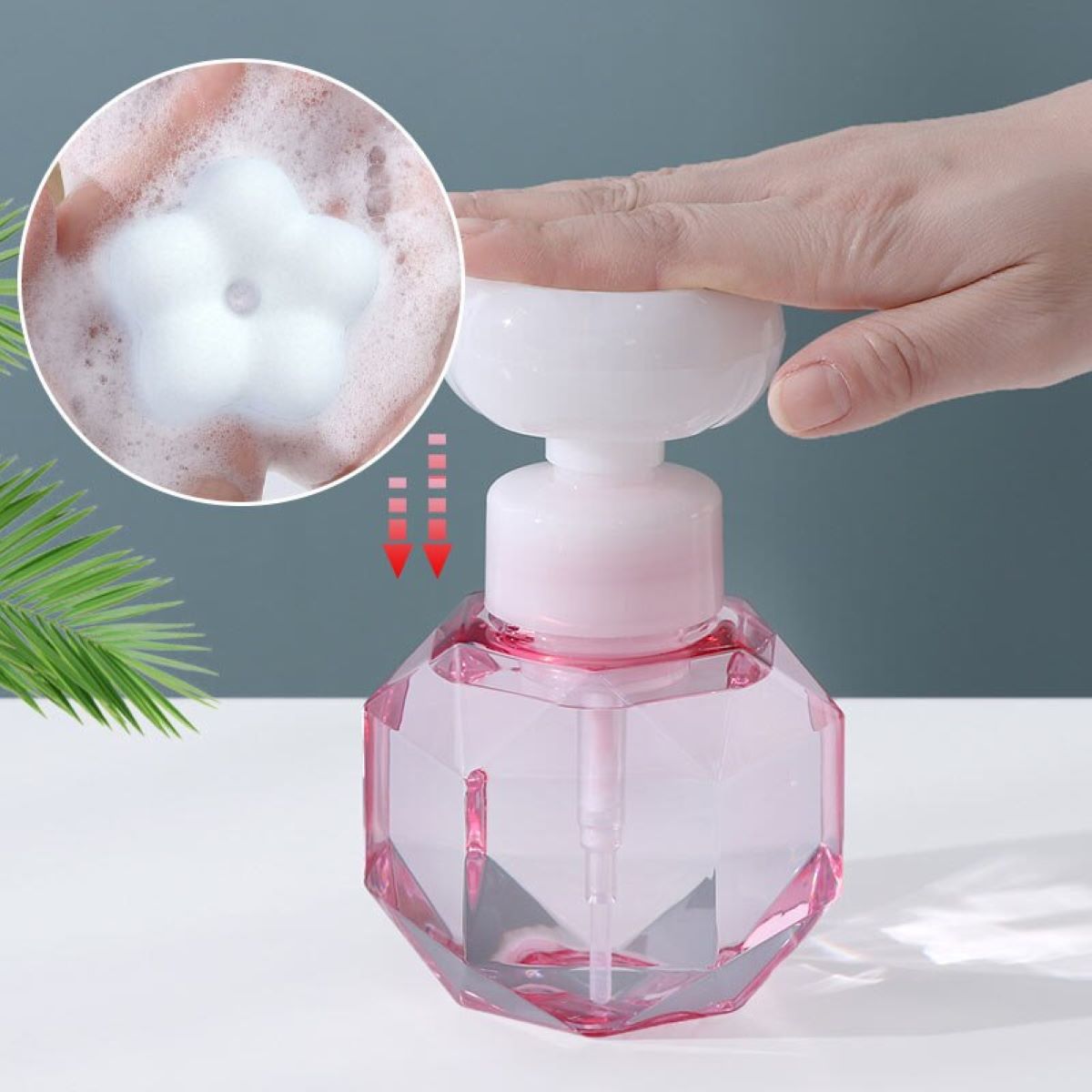
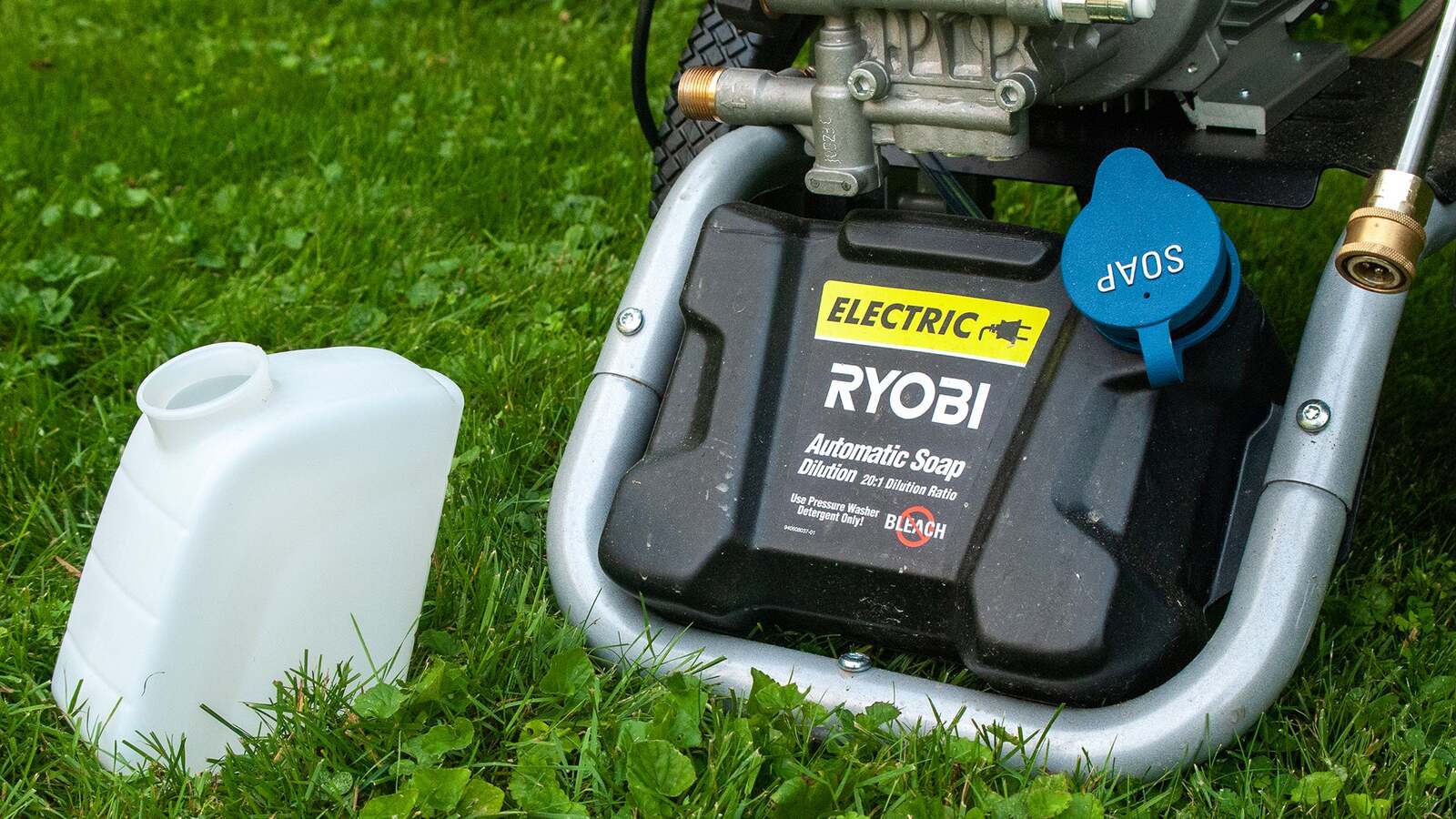
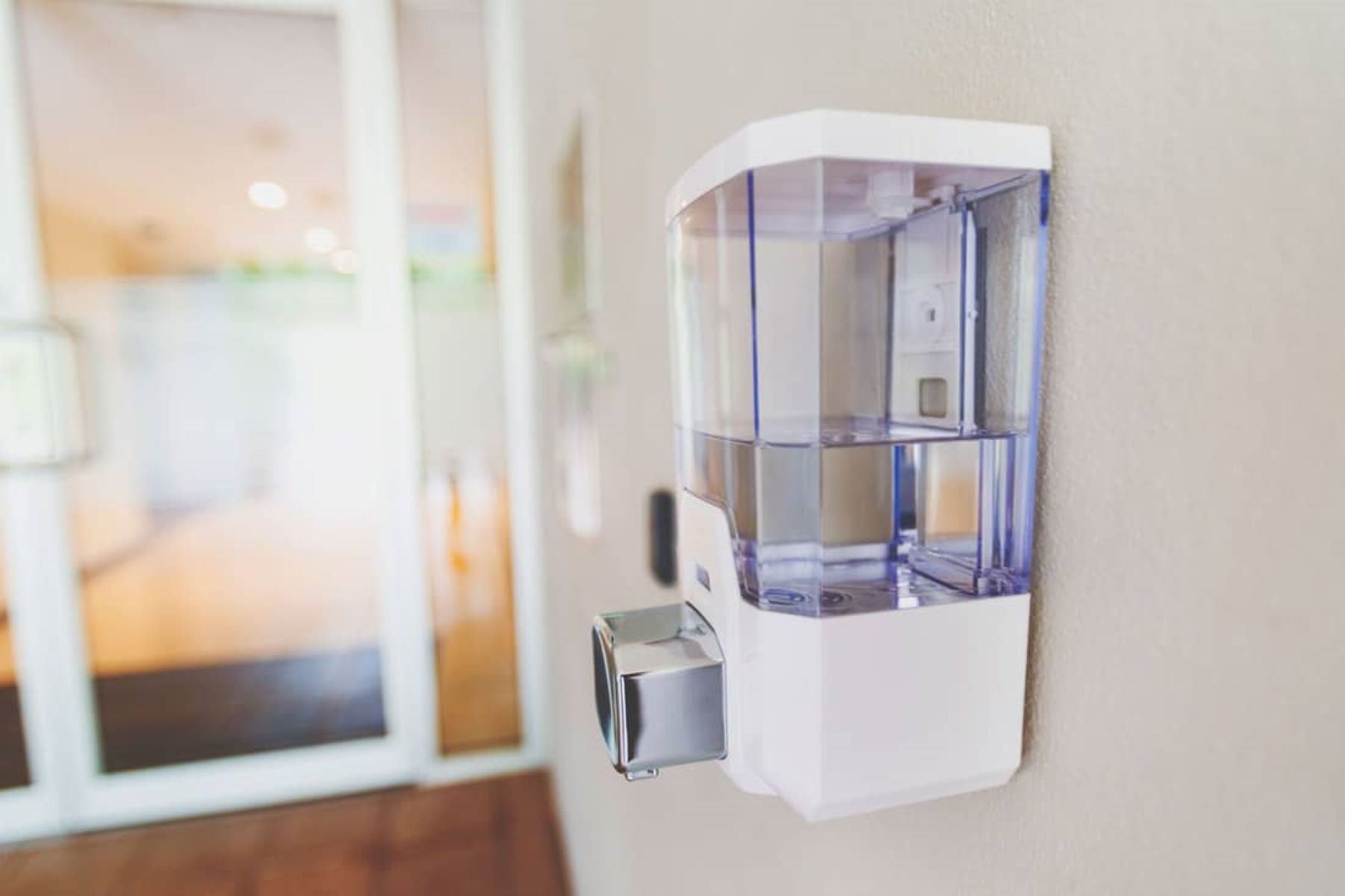
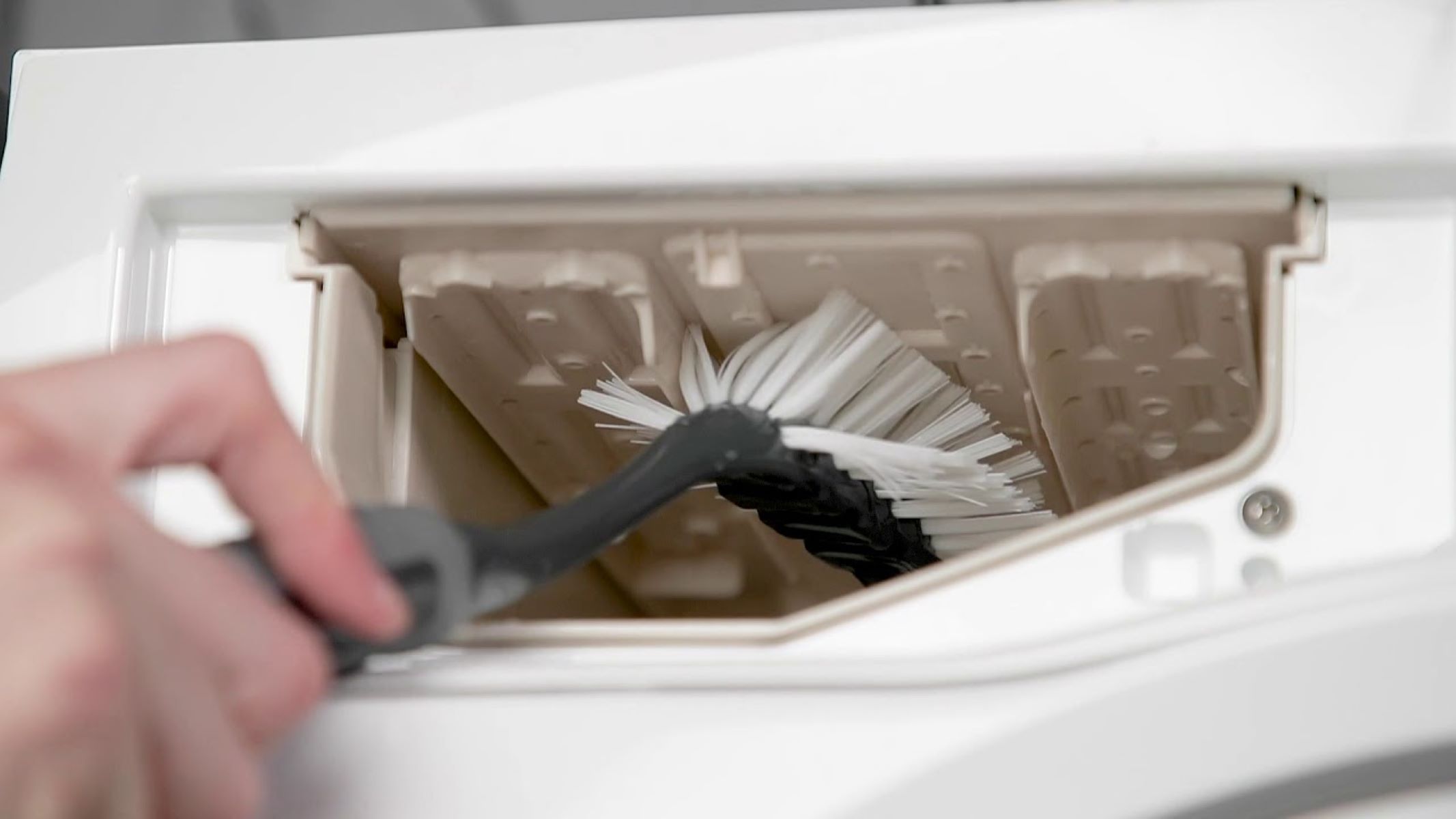
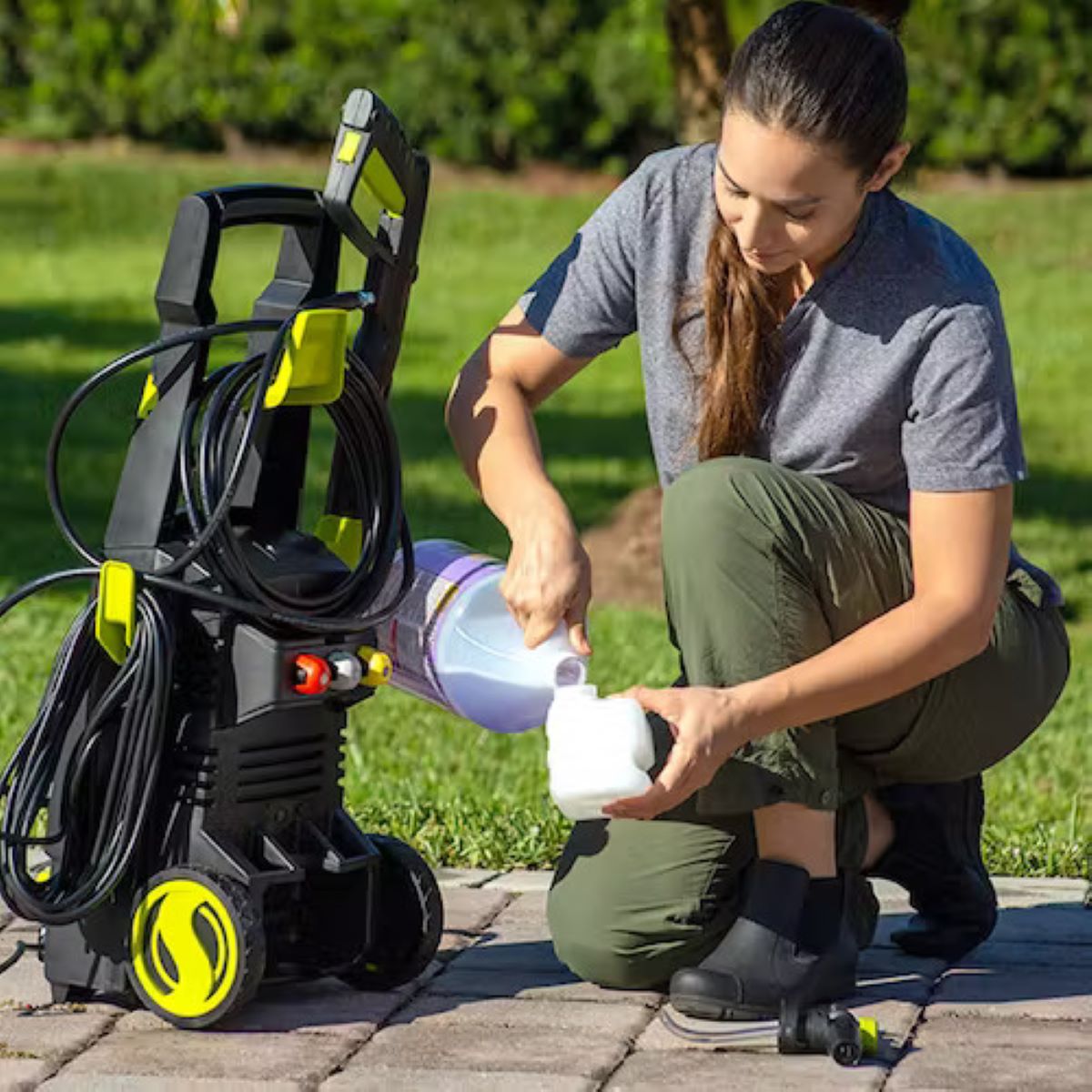
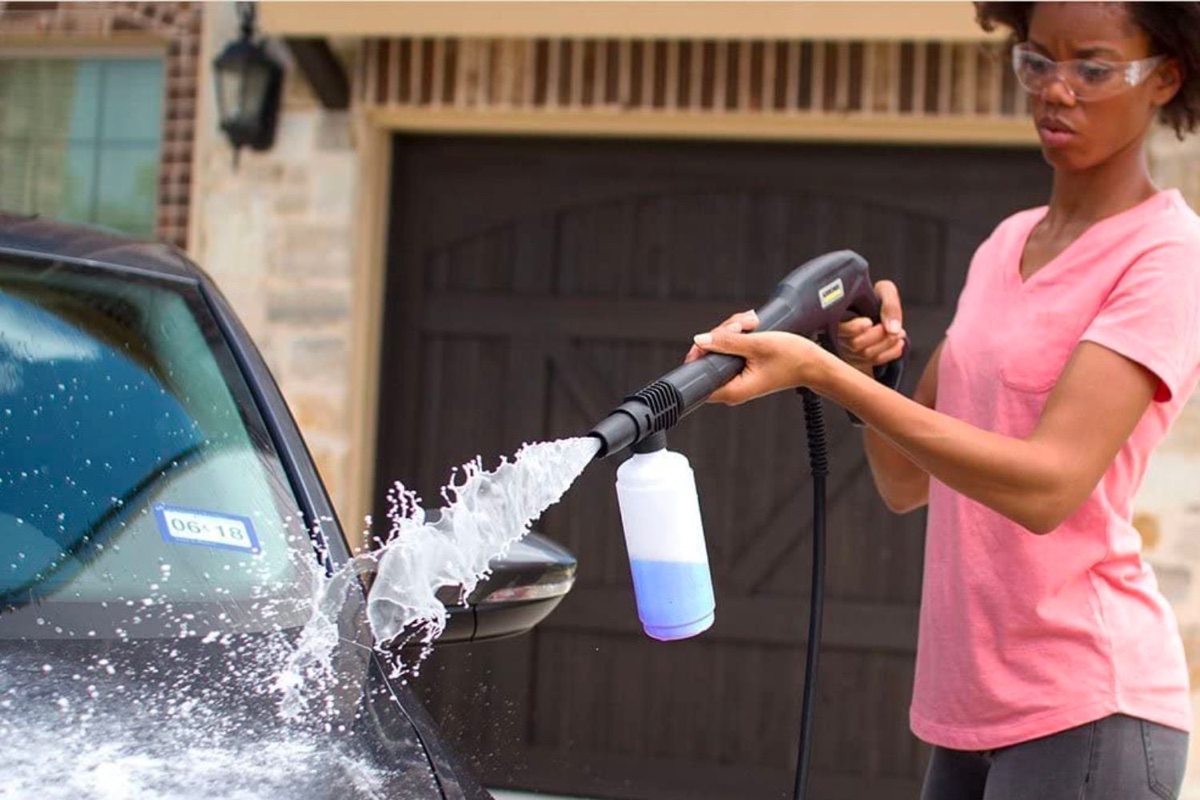
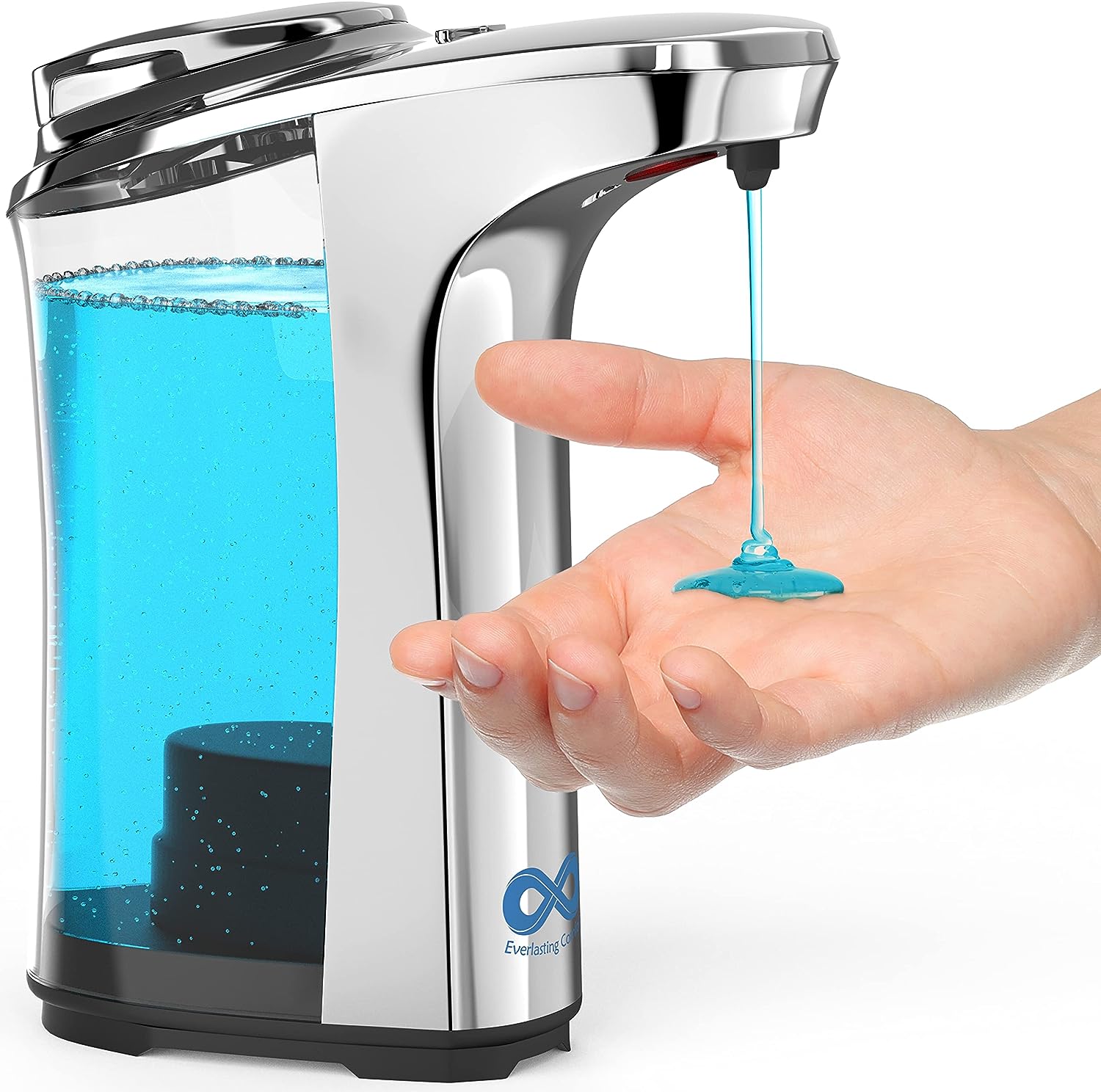
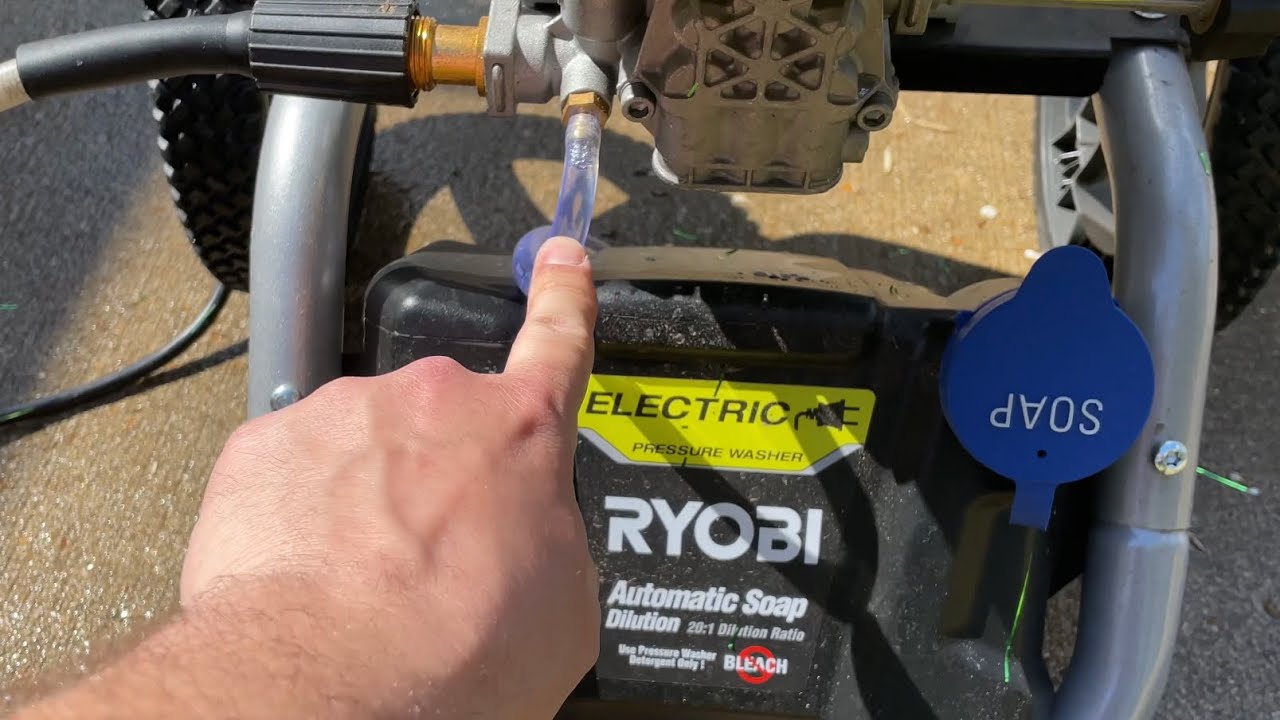

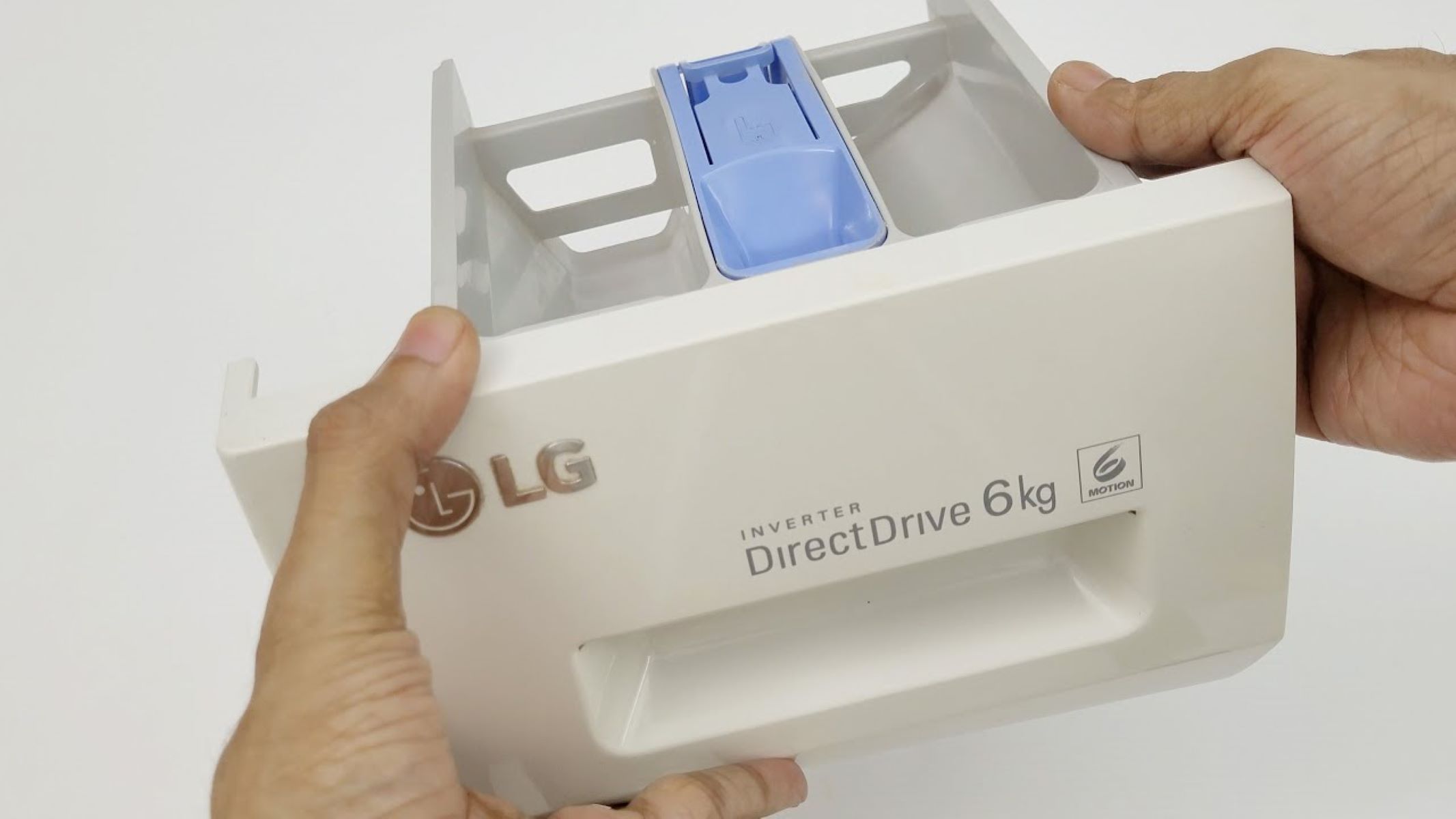
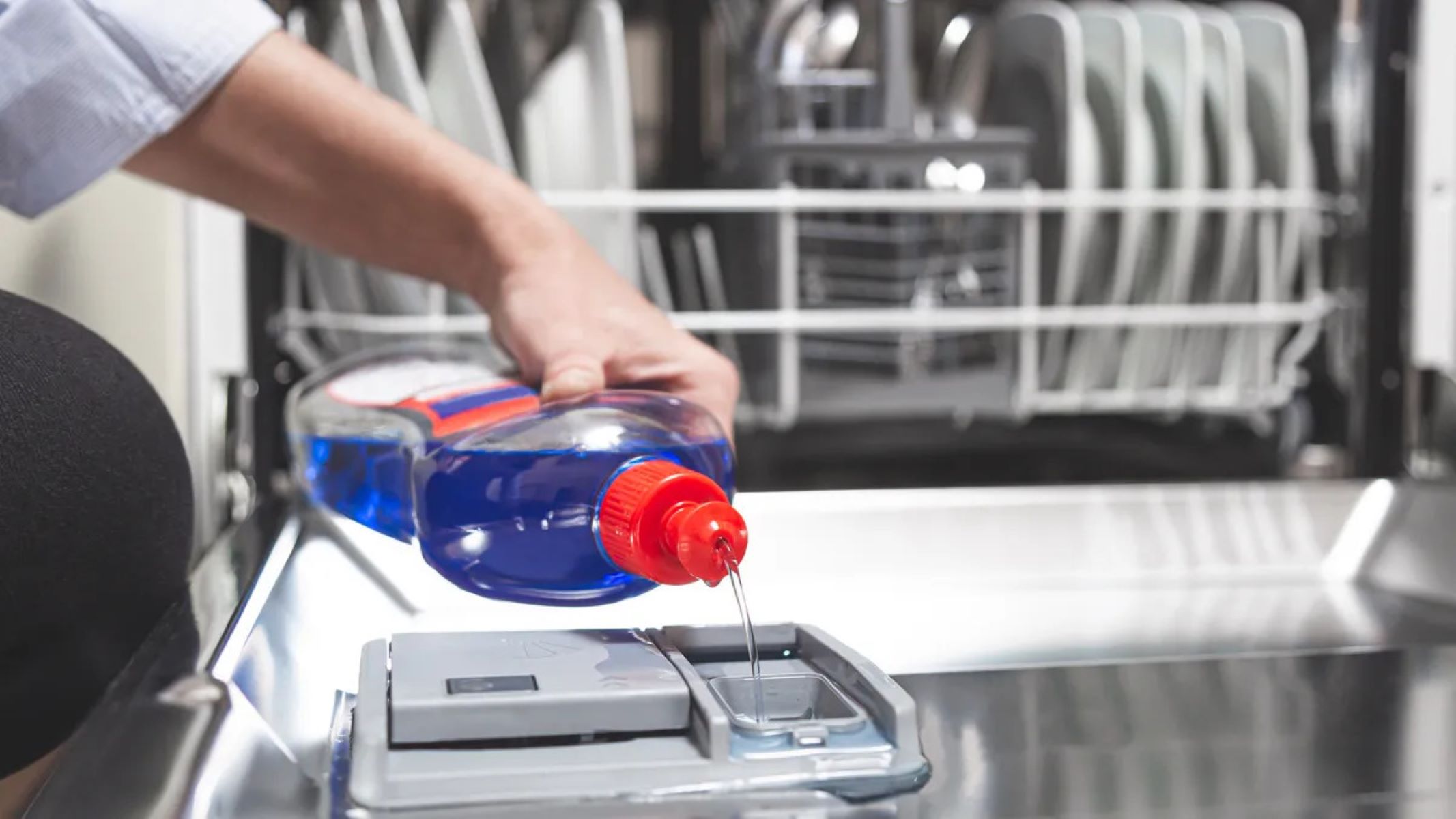
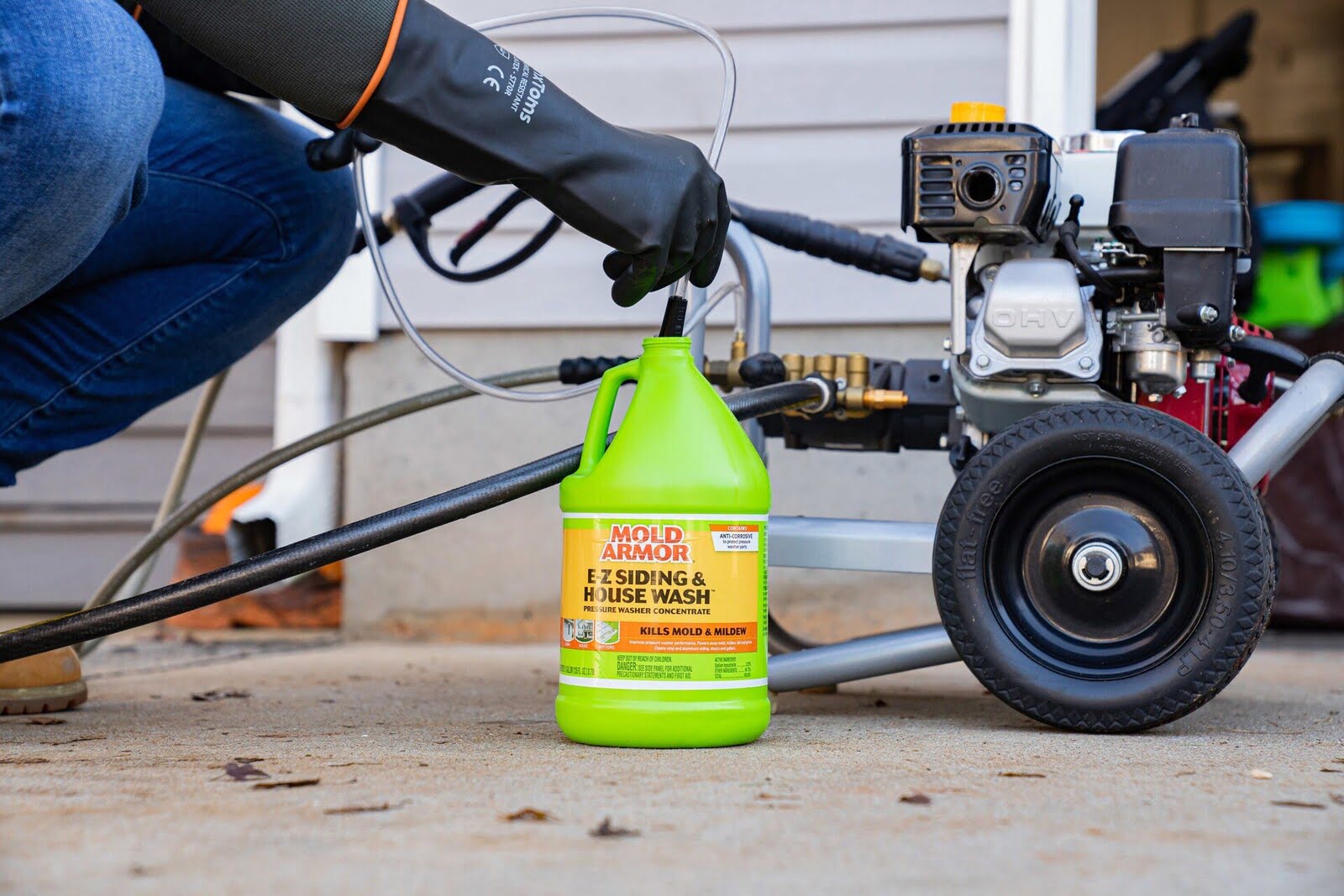

0 thoughts on “How Does The Soap Dispenser Work On A Pressure Washer”